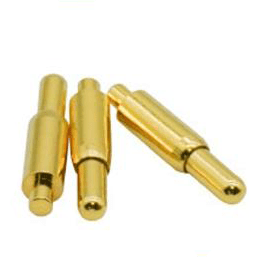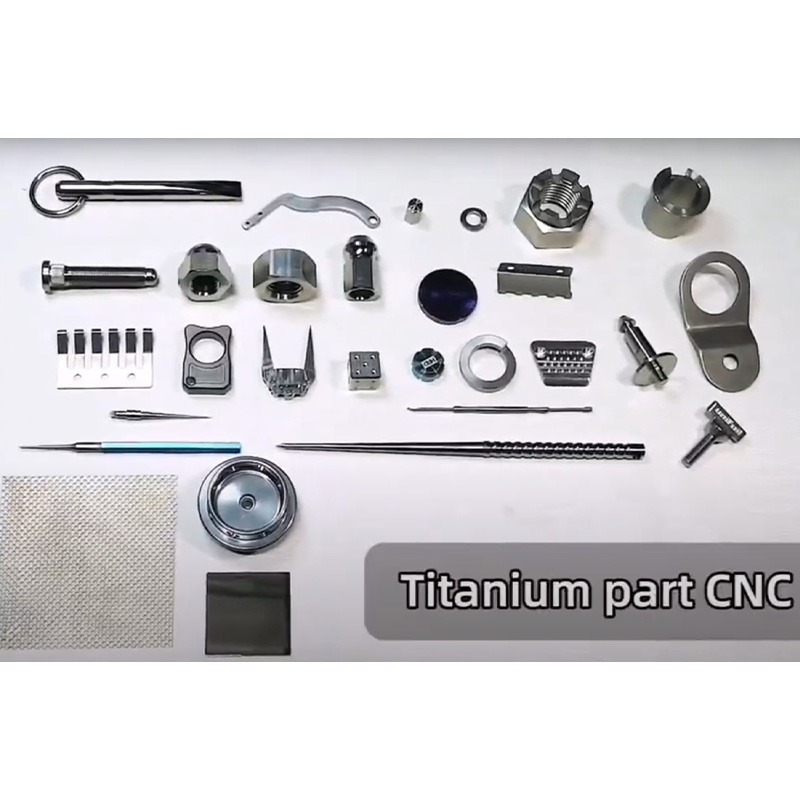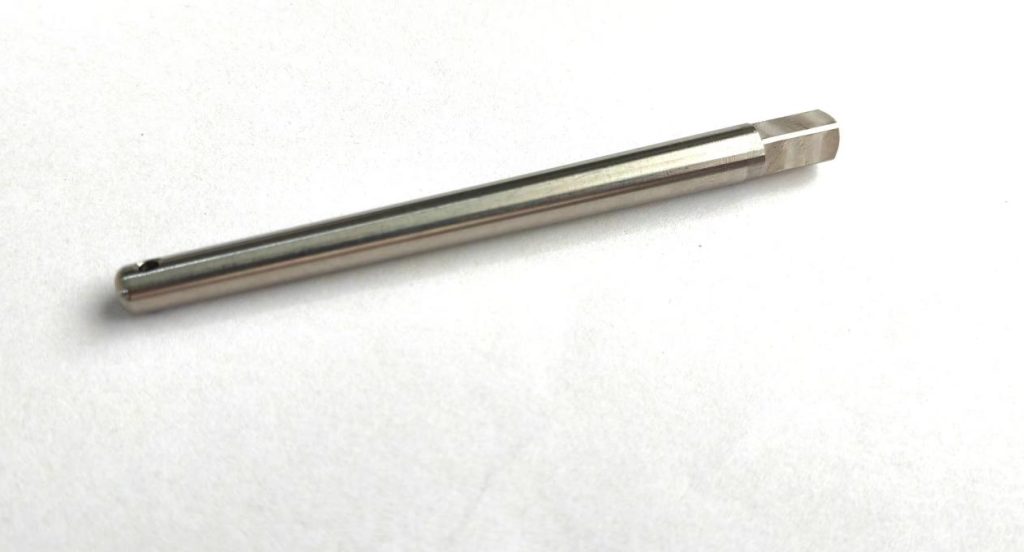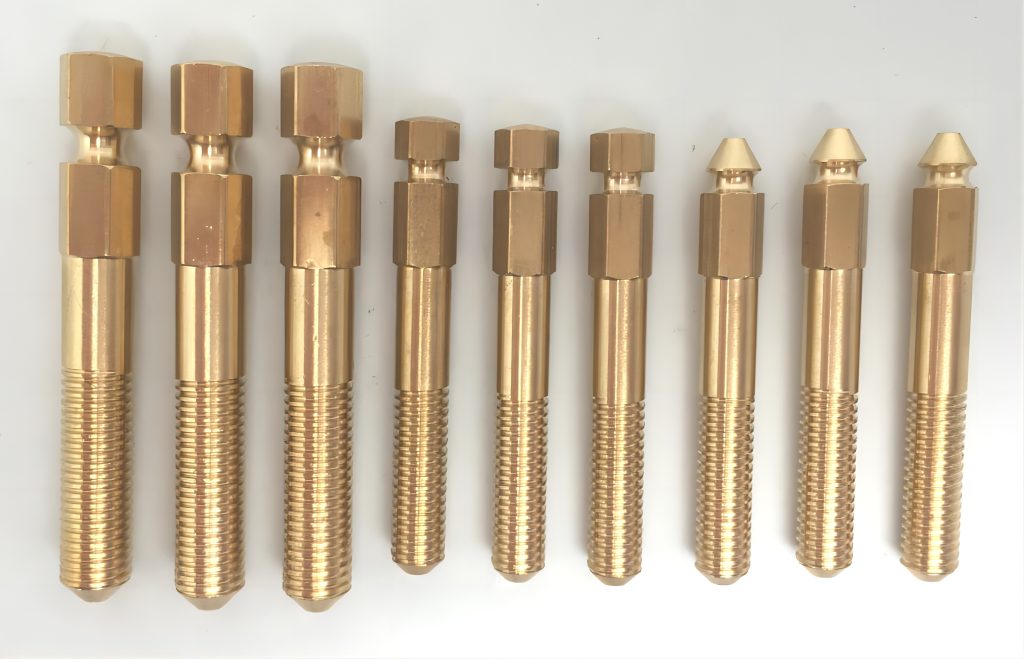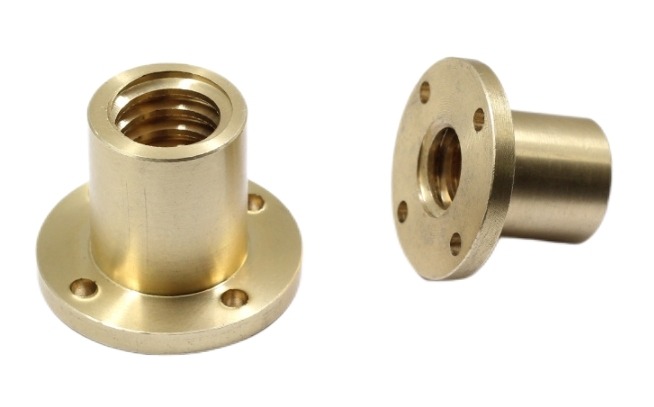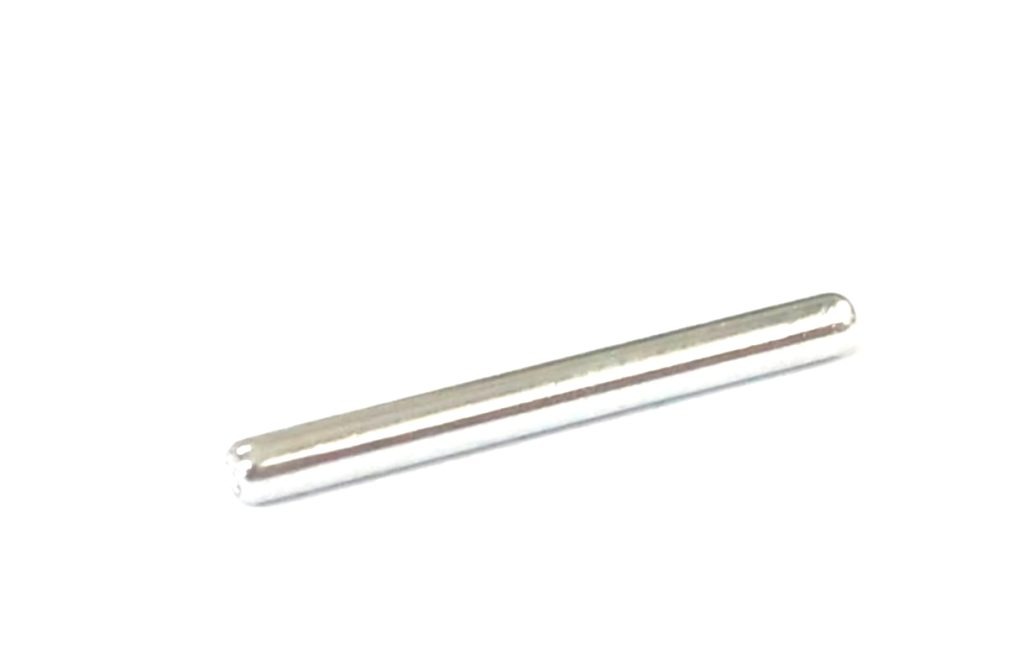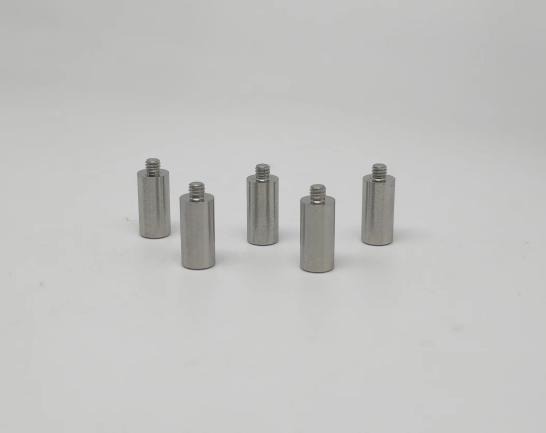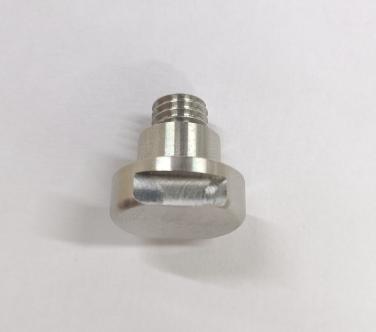CNC Prototype Machining: Basic Things to Know
CNC prototyping has completely changed the way products are developed and manufactured, providing precision, speed, and flexibility during the prototyping process. In this comprehensive guide, we delve into the complexity of CNC prototype services, exploring their significance, processes, advantages, and applications.
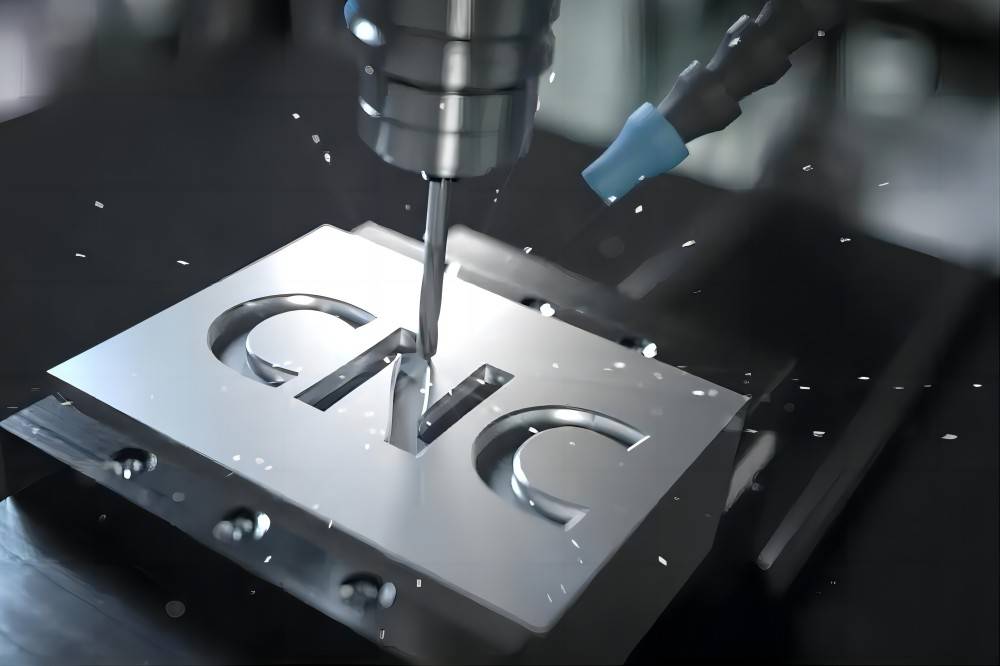
Understanding CNC Prototype Machining
CNC machining is a process that uses computer control to automate machine tools such as milling machines, lathes, routers, and grinders to produce precision parts and prototypes. Prototyping is a critical stage in product development, allowing engineers and designers to create physical models of their designs for testing, validation, and improvement.
Compared with traditional prototyping methods, CNC prototyping has multiple advantages, including higher accuracy, repeatability, and the ability to produce complex geometric shapes with strict tolerances. The process starts with creating a digital 3D model of a part or product design using CAD (computer-aided design) software. Then convert the digital model into machine readable instructions (G code) to control the motion of the CNC machine.
Key Considerations for CNC Prototype Parts
When selecting materials for CNC prototype parts, engineers must consider factors such as mechanical performance, cost, and suitability for expected applications. The common materials used in CNC prototype production include metals (such as aluminum, steel, and titanium), plastics (such as ABS, nylon, and acrylic acid), and composite materials.
Tolerance and precision requirements are key considerations in CNC prototype production, as they determine the accuracy and functionality of the final part. CNC machines can achieve strict tolerances, typically within a few thousandths of an inch, allowing for precise replication of design specifications.
The surface treatment options for CNC prototype parts vary depending on the required appearance and functional requirements of the parts. Common surface treatments include sandblasting, anodizing, powder spraying, and polishing, which can enhance aesthetics, corrosion resistance, and surface hardness.
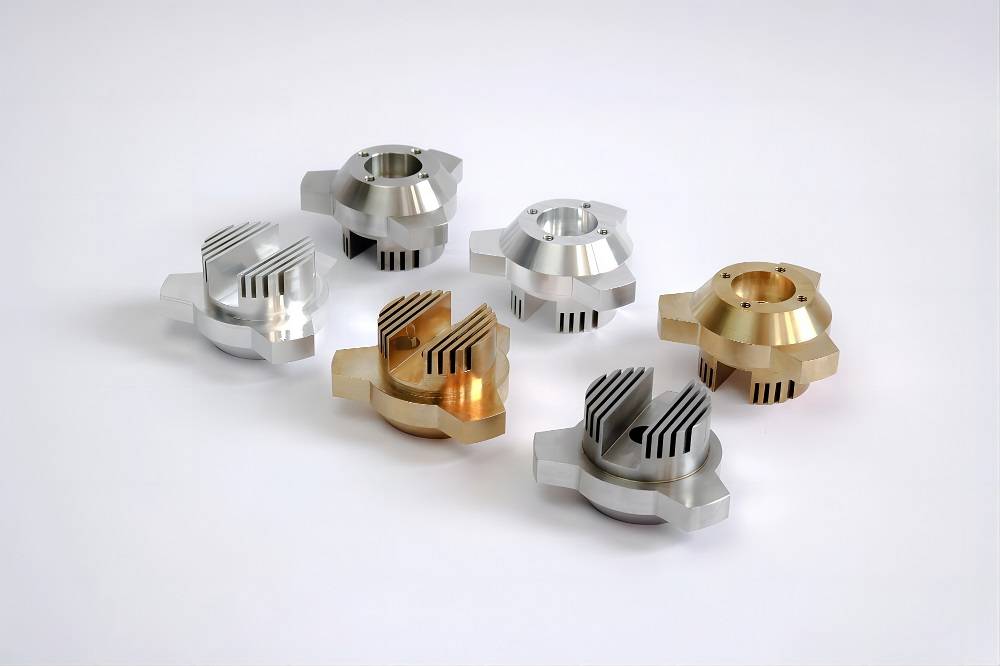
Exploring CNC Prototype Services
The CNC prototype service provides a range of customization options to meet the unique needs of each project. From material selection and processing technology to surface treatment and assembly, CNC prototype service manufacturers work closely with customers to provide high-quality prototypes that meet their specifications.
Rapid prototyping achieved through CNC machining can quickly complete prototyping, shorten time to market, and accelerate product development cycles. Unlike traditional prototyping methods that may require expensive tools and longer delivery times, CNC prototyping provides greater flexibility and efficiency, making it an ideal choice for iterative design processes and rapid prototyping iterations.
Cost factors play an important role in CNC prototype services, and factors such as material costs, machine time, labor, and indirect costs can all affect pricing. Although CNC prototyping may have higher upfront costs compared to other prototyping methods such as 3D printing, its accuracy, quality, and scalability are usually worth investing in, especially for complex or large-scale projects.
Advantages of CNC Prototyping
The advantages of CNC prototyping are not limited to speed and accuracy, but also encompass various aspects of the product development process:
- Accelerate product development cycle: CNC prototyping can quickly iterate and improve design, enabling engineers and designers to quickly test and validate concepts before entering production.
- Enhance design flexibility: With CNC machining, designers can create complex geometric shapes that are difficult or impossible to achieve using traditional manufacturing methods.
- Quality assurance and testing capability: CNC prototypes provide a physical model for functional testing, performance evaluation, and user feedback, helping to identify and resolve design defects and manufacturing issues early in the development process.
Applications of CNC Prototyping
CNC prototyping can be applied to a wide range of industries, including:
- The automotive industry: CNC prototypes are used as conceptual modeling, functional testing, and production tools in automotive design and manufacturing, enabling companies to accelerate product development and improve vehicle performance and safety.
- The aerospace and defense sectors: CNC prototyping plays a crucial role in the development of aircraft components, satellites, and military equipment, as accuracy, reliability, and performance are crucial.
- Prototyping of medical devices: CNC machining is used to manufacture medical implants, prosthetics, surgical instruments, and diagnostic equipment, ensuring compliance with regulatory standards and meeting the unique needs of patients and healthcare professionals.
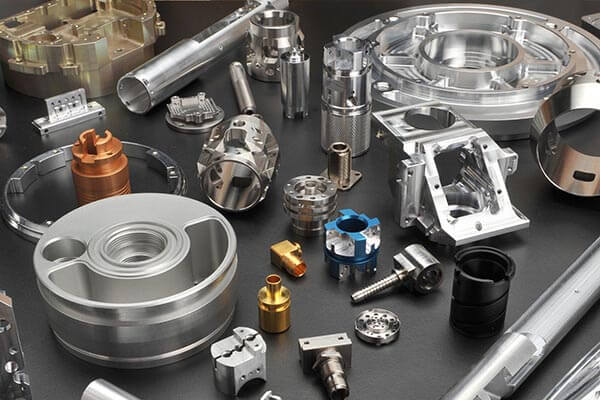
Conclusion
In summary, CNC prototyping provides a multifunctional and efficient solution for the rapid development of precision parts and prototypes. By utilizing advanced machining techniques, materials, and processes, CNC prototyping services enable engineers and designers to turn their ideas into reality, iterate designs, and accelerate innovation across various industries. With the continuous development and improvement of CNC technology, there is a greater hope for faster, more cost-effective, and sustainable product development in the future of prototype production.

